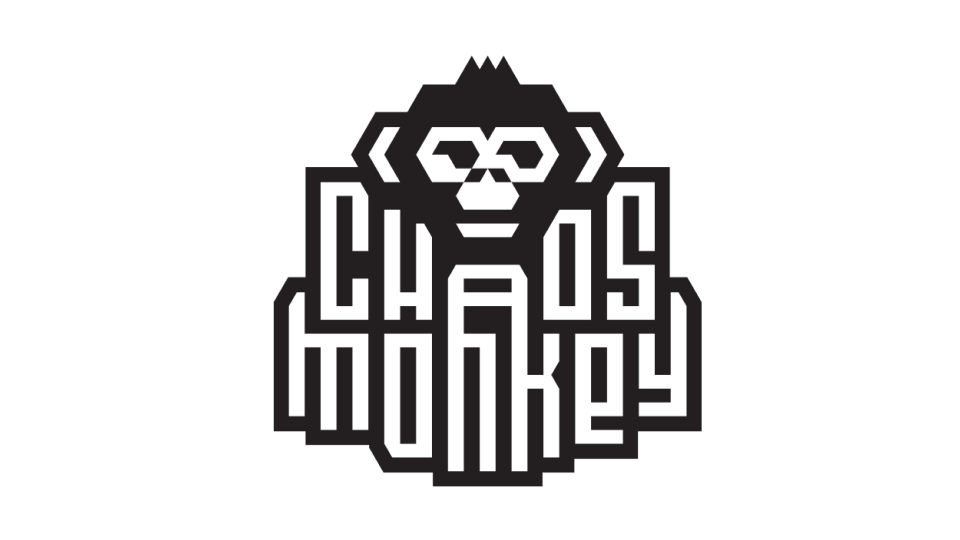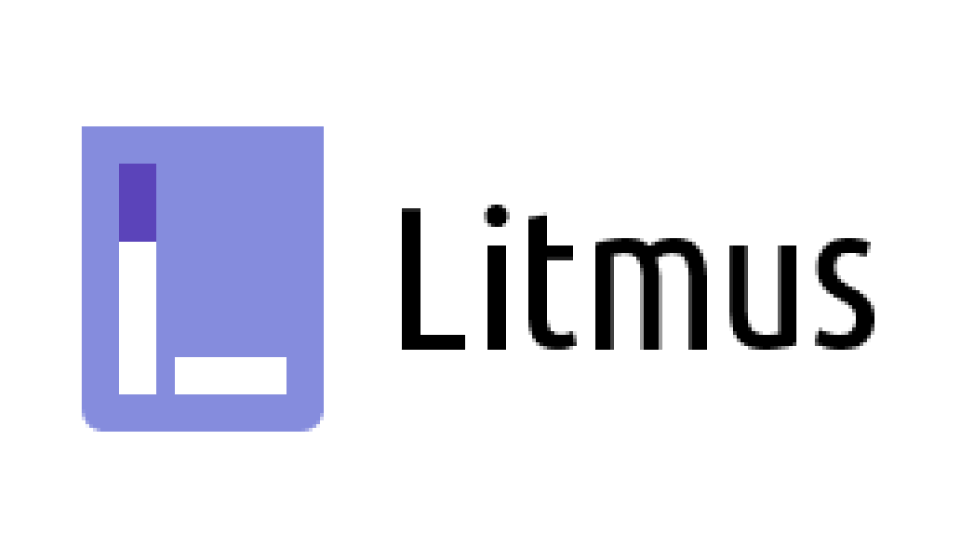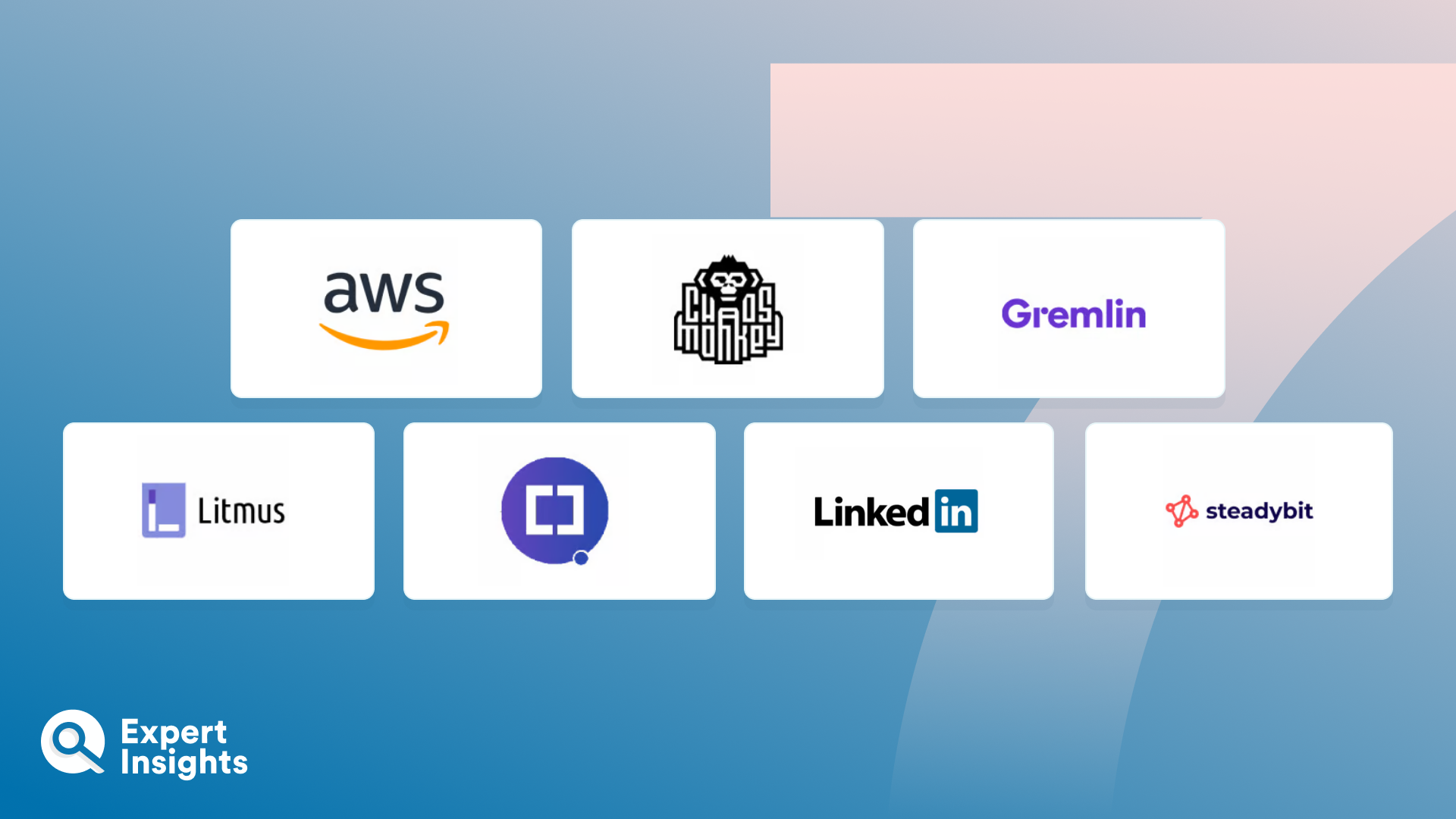Chaos Engineering is a discipline that promotes system efficiency and resilience by intentionally inducing systemic failures to identify and mitigate potential weaknesses. As systems become more complex, ensuring they can withstand unexpected failures and unusual conditions is a critical part of modern software development and system administration.
Chaos Engineering tools enable systems administrators and development teams to experiment in a secure and systematic way, replicating potential challenges and issues in the production environment. They allow teams to understand how their system behaves under stress, manage incident responses, and ensure system resiliency.
Chaos Engineering tools are designed by orchestrating tests that deliberately introduce failures into systems, observing how the system responds and then using that information to improve the system. These may include crashes, latency, and network failures. Post-incident analytics and reporting are also key aspects of these tools, allowing teams to learn and improve from the experiments.
As the industry evolves, many tools and software providers have emerged in the market, each with distinctive offerings and varied feature sets. This guide will explore the top Chaos Engineering tools available on the market based on our technical assessments, industry research, and customer feedback.













